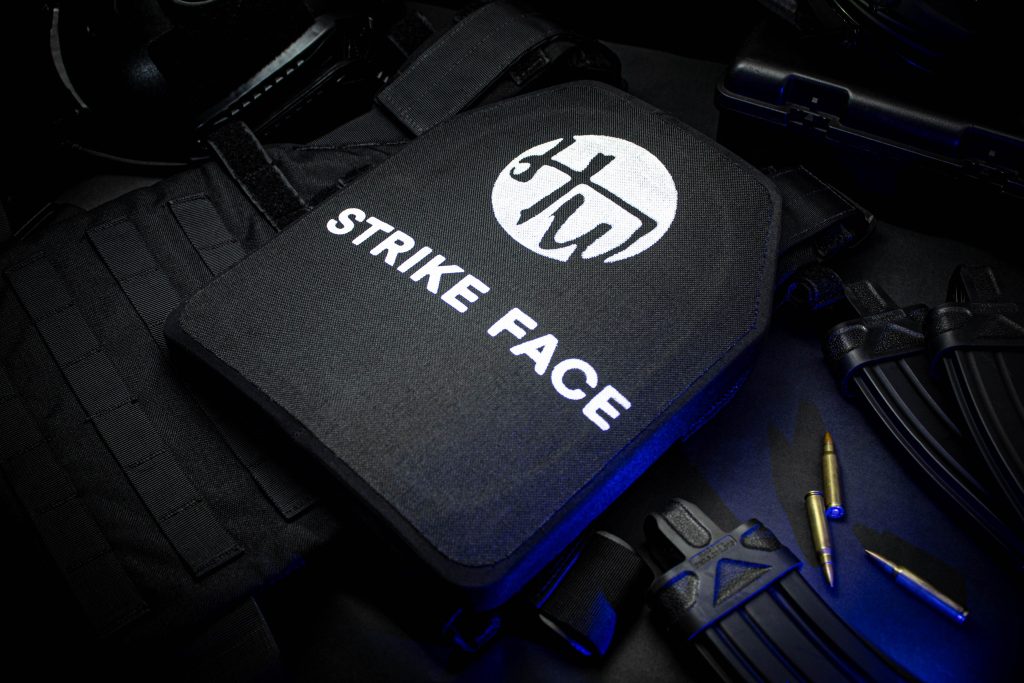introduce:
In today’s world, personal safety has become a top concern for individuals in a variety of occupations and critical situations. For those who work in law enforcement, military or security, having the right body armor is critical to protecting against potential threats. But how can we ensure that the body armor we rely on actually works as intended? The purpose of this blog is to shed light on body armor testing standards and provide essential knowledge for individuals seeking high-quality ballistic protection gear. Let’s dive into the world of popular science body armor testing standards.
Understand the importance of body armor testing:
When it comes to body armor, choosing the right gear can mean the difference between life and death. It’s important to understand that not all ballistic protection gear is created equal. Proper testing ensures body armor is designed to effectively protect against the most common threats. This is where body armor testing standards play a key role.
Shanghai H Win New Materials Co., Ltd. is a company dedicated to producing and selling reliable bulletproof equipment. They understand the importance of adhering to established body armor testing standards to create a life-saving product. Let’s explore some of these basic criteria.

NIJ Standards: Protecting Lives on the Front Lines
The National Institute of Justice (NIJ) sets standards for body armor used by law enforcement professionals. Their comprehensive testing protocols cover a range of threat levels, including the most common handguns and rifles. NIJ standards are critical in determining the performance levels of soft and hard body armor.
NIJ Bulletproof Standard 0101.06: Setting the Benchmark
The NIJ Ballistic Standard, also known as NIJ Standard 0101.06, is considered the gold standard for body armor compliance in the United States. It divides armor into levels: Level IIA, Level II, Level IIIA, Level III and Level IV. The standard evaluates armor’s ability to protect the wearer from a range of projectile threats based on speed and energy levels.
Inspirational testing methods:
Shanghai H Win New Materials Co., Ltd. prides itself on rigorous testing of its body armor products. Here are some commonly used body armor testing methods to ensure optimal performance:
- Penetration Test: Evaluates the armor’s ability to prevent projectiles from penetrating the armor and reaching the wearer’s body. Different threats ranging from bullets to knives were used during the tests.
- Backside Deformation (BFD) Measurement: The BFD test quantifies the armor’s ability to spread impact forces over a larger area. Proper BFD measurement helps prevent injuries by reducing the amount of energy transmitted to the wearer.
- V50 test: This method determines the speed at which a projectile has a 50% probability of penetrating armor. It is a key indicator of whether the armor is effective in mitigating threats.
- Chemical and environmental resistance: Comprehensive testing includes analyzing the armor’s resistance to environmental factors such as temperature, humidity and ultraviolet radiation. This ensures that the body armor maintains its integrity in real life situations.
in conclusion:
When it comes to personal safety, understanding body armor testing standards is critical. Shanghai H Win New Materials Co., Ltd. is committed to producing and selling reliable bulletproof equipment and recognizes the importance of adhering to strict testing protocols. By following internationally recognized standards set by NIJ, the company ensures that its products provide the highest level of protection.
Whether you are a law enforcement, military or security professional, the body armor you rely on must meet necessary testing standards. By understanding these standards and choosing a reputable manufacturer, we can ensure our safety in the face of potential threats. Remember, when it comes to personal safety, knowledge is power. Stay informed and stay safe.
